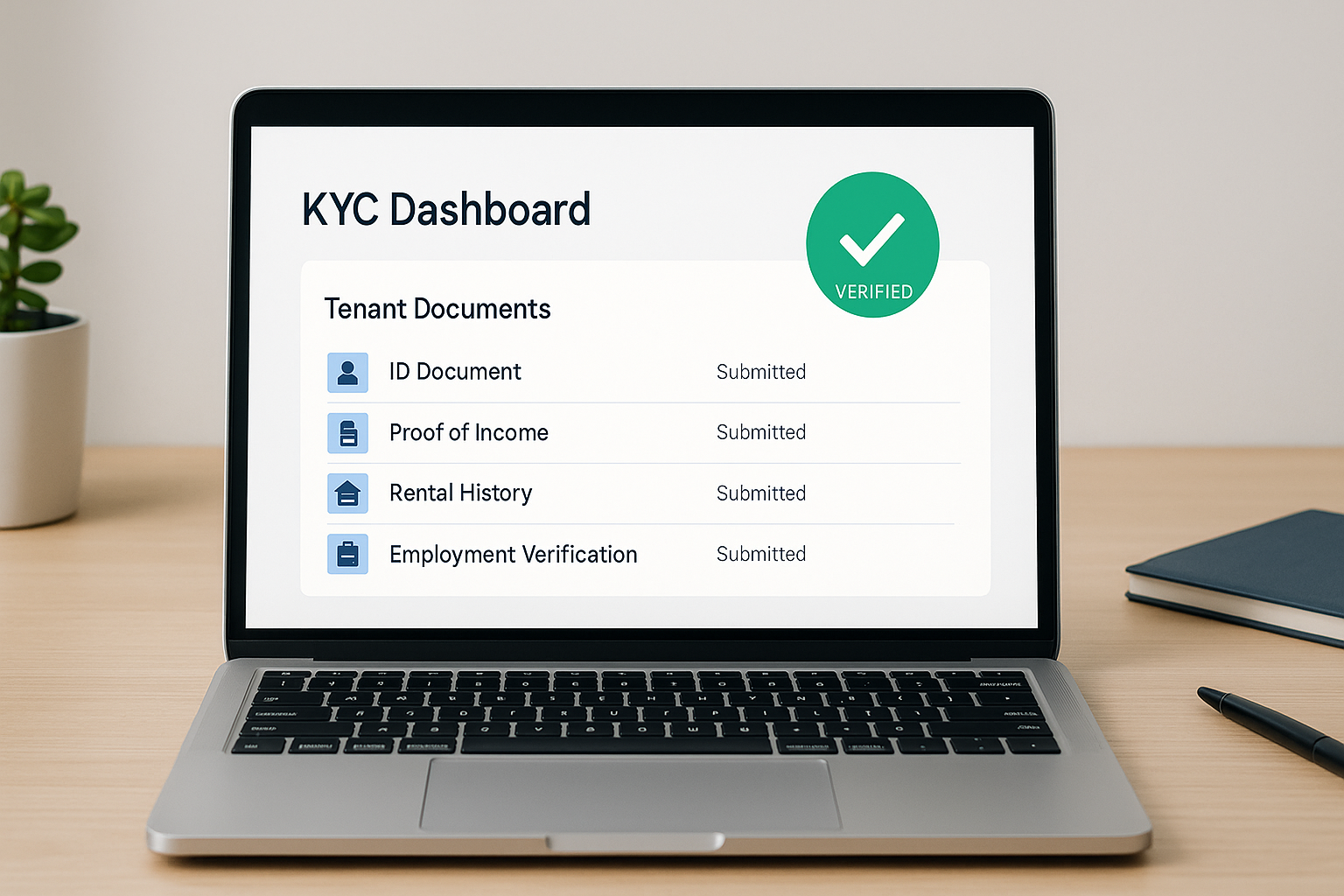
How AI Is Redefining Trust in Financial KYC

With machine learning models now detecting suspicious financial activity in real time, it’s easier than ever to catch signs of fraud or risk. Machine learning and AI strengthen compliance with AML policies, so the complexity and rigor of your fraud prevention program matches the level of complexity at your firm. As digital technology expands, your KYC and AML needs expand too, and AI-powered KYC has become the backbone of digital trust in the modern financial landscape. Here are 4 of the most cutting edge tools:
1. Agentic AI Eliminates Inefficiencies
Despite attempts to curb crime via increased spending on AML/KYC, the financial industry detects just 2% of financial crime across the globe. Agentic AI is a potential solution that employs single or multiple AI agents to complete tasks for you. Unlike generative AI (“write this email to my boss”), agentic AI has the capacity to execute on instructions (“here, I’ve sent a weekly catch up email to your boss for you”).
In a KYC/AML context, this means automating onboarding activities, submitting KYC checks based on a set risk profile, monitoring (and automatically flagging) risky transactions, or triggering sanctions/investigations. Instead of simply supporting human workers in these tasks, AI agents can do much of the legwork automatically, allowing the rest of the workforce more time to complete detailed, human powered assessments.
2. Self-Supervised AI Models Trained on Financial Crime
Some self-supervised AI tools can be utilized to find patterns in customer and network data. Customer transactions are treated like points on a graph, creating an intricate web of transactions that can better label data and reduce the rates of false positives (which generate plenty of extra paperwork, since KYC professionals need to investigate each flagged transaction by hand). These tools can ‘score’ each anomaly, group them into clusters based on similarity, and rearrange them on demand.
Financial institution HSBC uses Google Cloud’s AML AI product based on detecting suspicious activity. The AML AI caught suspicious activity 2-4 times more often than the previous system, while reducing the number of alerts by 60%.
3. Multimodal Biometrics for KYC Pattern Detection
Using multiple biometric risk indicators (like fingerprint identification, face recognition, or eye scans) can be used to detect suspicious patterns or anomalies that much faster. Money laundering activity – that might go unnoticed under a less rigorous system – can be caught faster than with manual monitoring, freeing up human teams for more complex cases.
4. Faster Onboarding for Financial Data
Compliance teams used to manually verify property liens, ownership documents, and financial statements. Today, AI tools can power document recognition, automatically cross reference data against a customer profile or database, and verify identity in minutes. It doesn’t need to be all automatic, either. For highly sensitive risk monitoring, AI tools can power through the cross referencing and manual review tasks, ensuring a “human pass” is made over each relevant number in the data, without needing to manually search for each one.
Embracing AI powered due diligence can often mean saving hours in manual cross referencing, document checking, and research. With AI tools that can power through any changes between documents, track a single number (for example the number on a paystub) across them, and assist humans in flagging incorrect data, AI powered options give finance industry pros a lot of options.
Unstructured data can easily be indexed, sorted, filtered, and analyzed by Discrepancy AI
Start for Free







.png)

.png)

.png)

.png)

.png)

.png)
.png)


.png)

.png)
.png)
.png)
.png)





